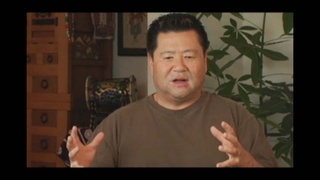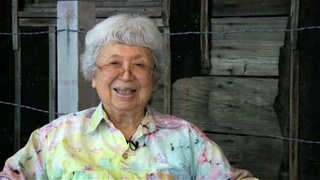Interviews
Dance: An excuse to learn from others (Spanish)
(Spanish) It is very certain, normally we…no, it is that we do not charge for the performances; in truth the kids do it for the thrill of doing it, as normally…I have a very personal way of thinking about eisa. And for me the dance is an excuse. For me the dance is an excuse to bring together people, to form friendships, and to be able to learn from others. Therefore, the act of dancing, the act of walking on stage is part of the personal realization that one has. Simply put, the initial standing at attention for the first time on stage is a great achievement [because one has to] conquer the fear of performing in front of the public and not make mistakes. In the case where you make a mistake, you continue on so that the performance is fine. It is an accumulation of things, therefore, not only is it friendship, or the pleasure [of performing], it is part of the personal realization and it is simply a part of motivation.
Date: September 14, 2007
Location: Lima, Peru
Interviewer: Harumi Nako
Contributed by: Asociación Peruano Japonesa (APJ)






